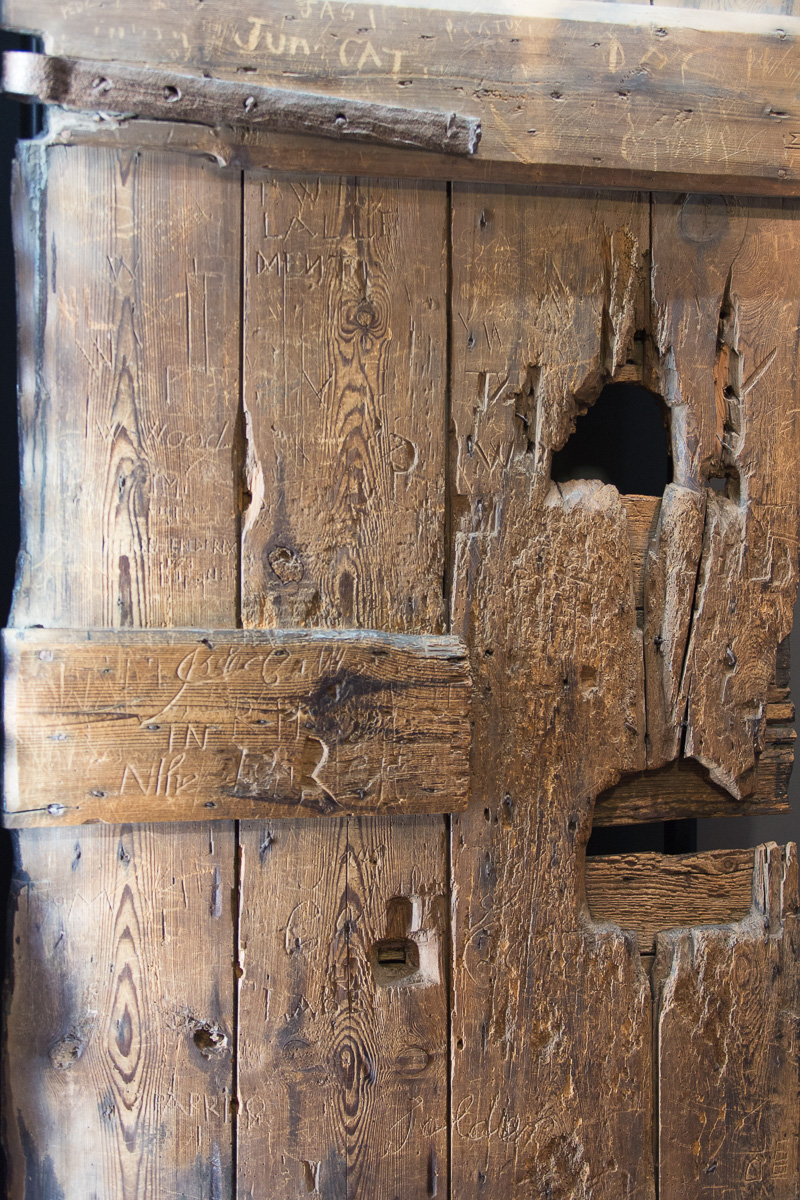So here’s the question: is there a distinctive Scottish style of graffiti which would justify a distinctive Scottish country? Or is its style of graffiti simply part of a globalized hegemonic free-trade graffiti that you could find anywhere, whether on NYC subway cars or under Iraqi bridges? Let’s look at the evidence. First up is some obviously city-sanctioned “graffiti” called Tiger Lucky Eight – Tiger Beer sponsors a mural celebrating the year of the tiger. It appears on a Glasgow wall overlooking the Clyde River.
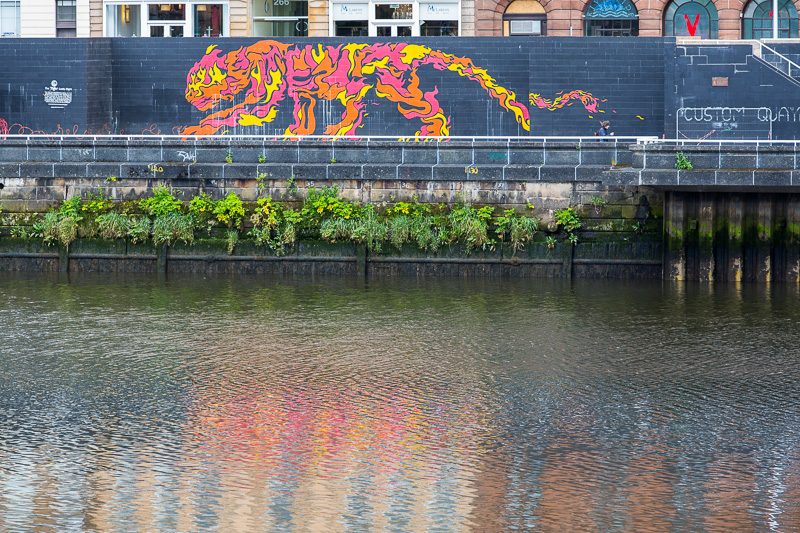
Alongside it I offer a photo of a van from Glasgow’s Community & Safety Services, part of their graffiti removal team. Note, also, the tagline: making Glasgow safer together. The city plays on the perception that graffiti is a safety issue. I can’t help but note the irony that the van is parked beside city-sanctioned “graffiti”. I wonder if there isn’t some cognitive dissonance at work in this photo: if there really is a graffiti/safety nexus, what are we to suppose about a city that puts up its own graffiti? Sorry. My mistake. It’s art.
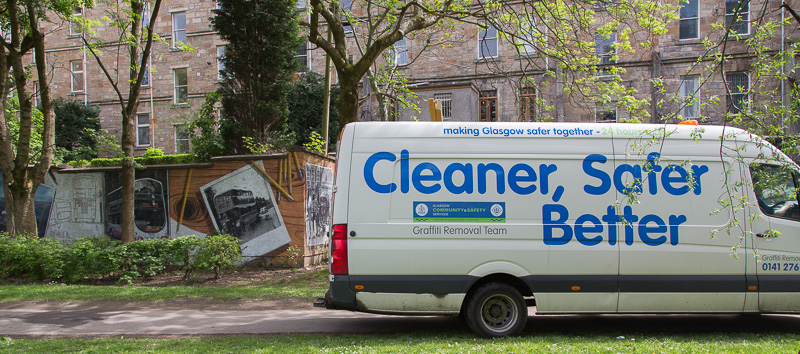
But not every scrap of Glasgow graffiti is sanctioned by the city:
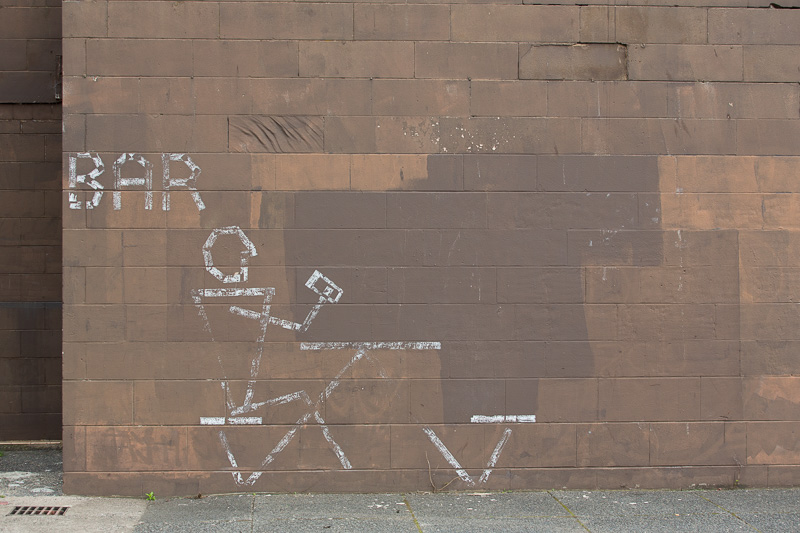


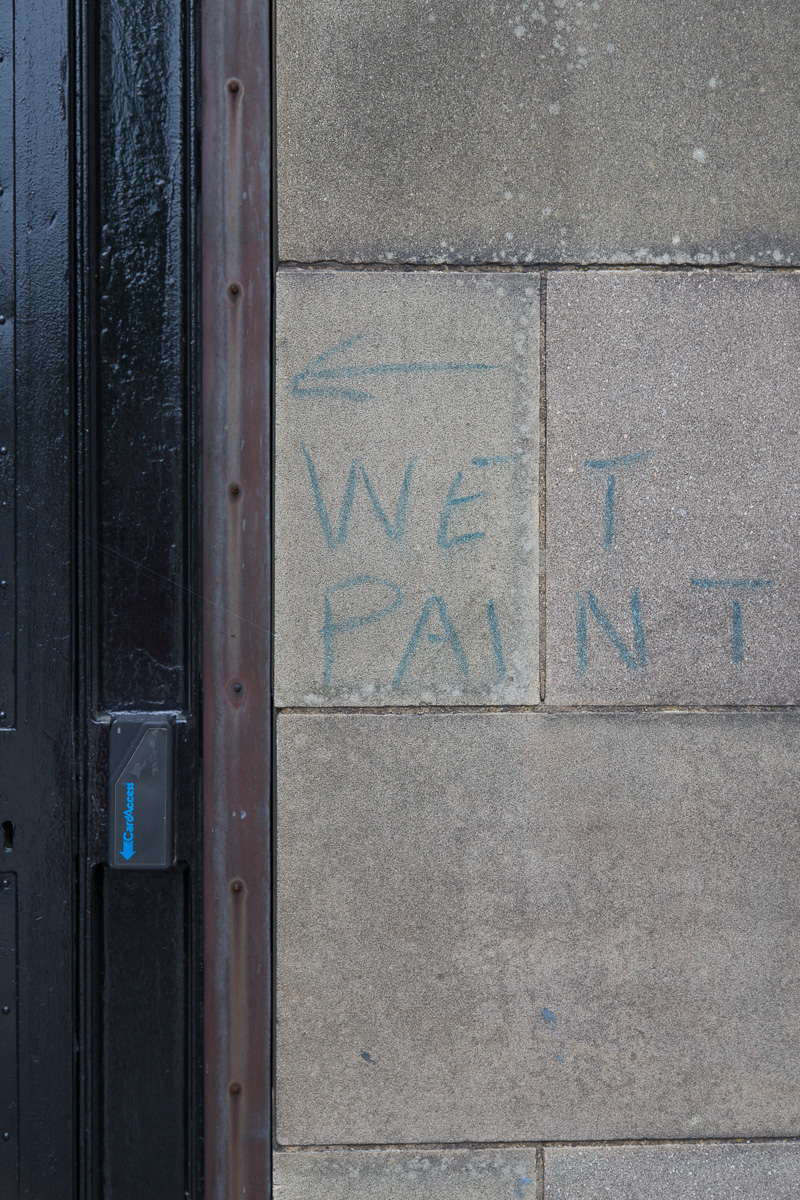

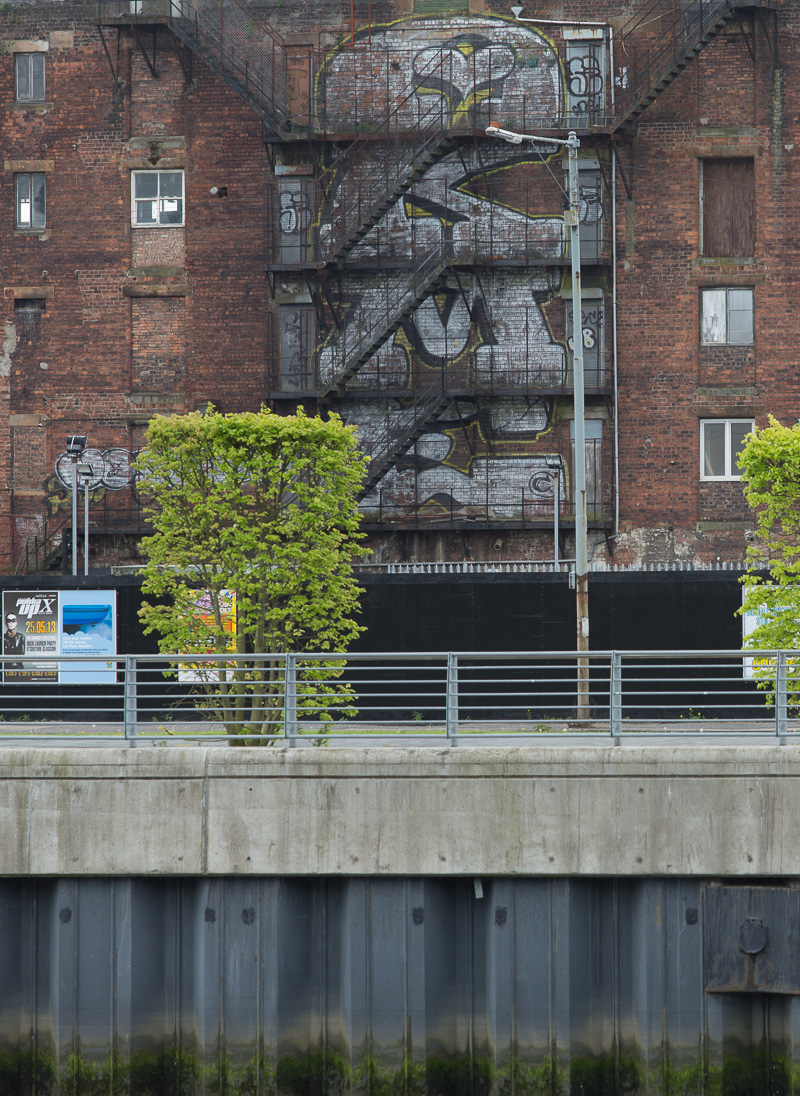
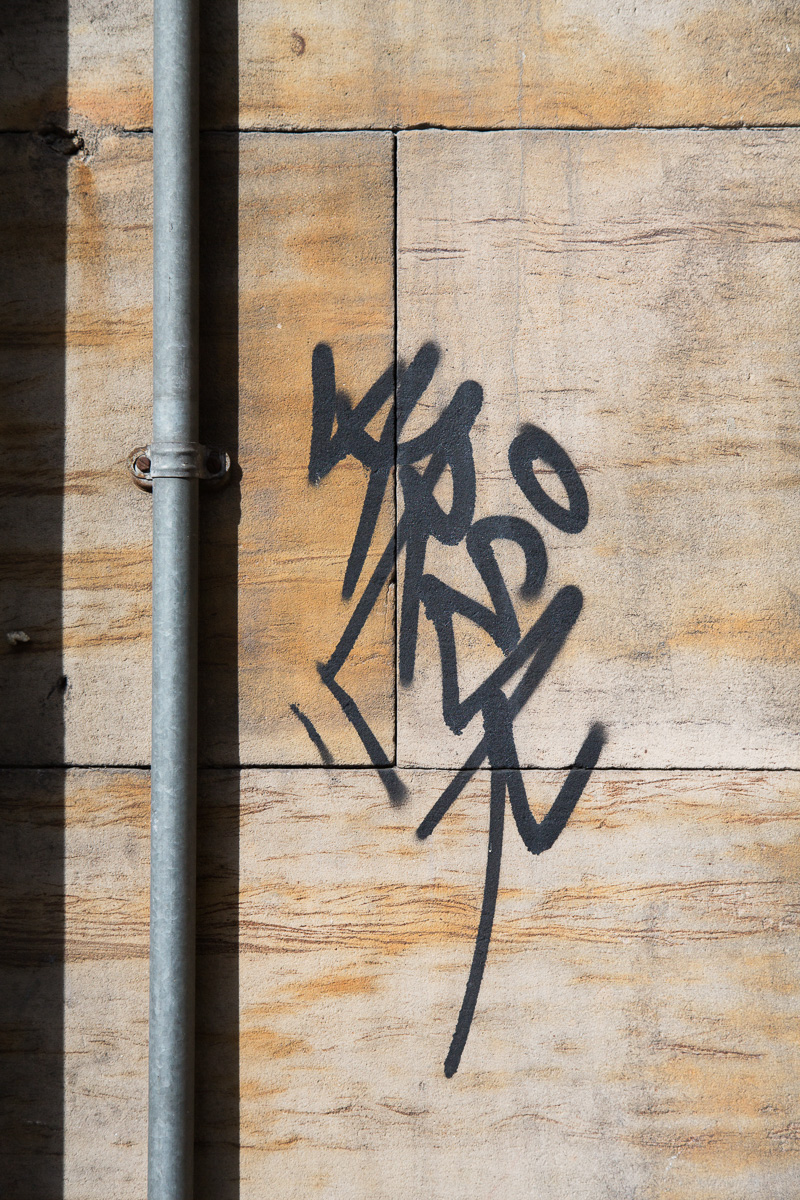
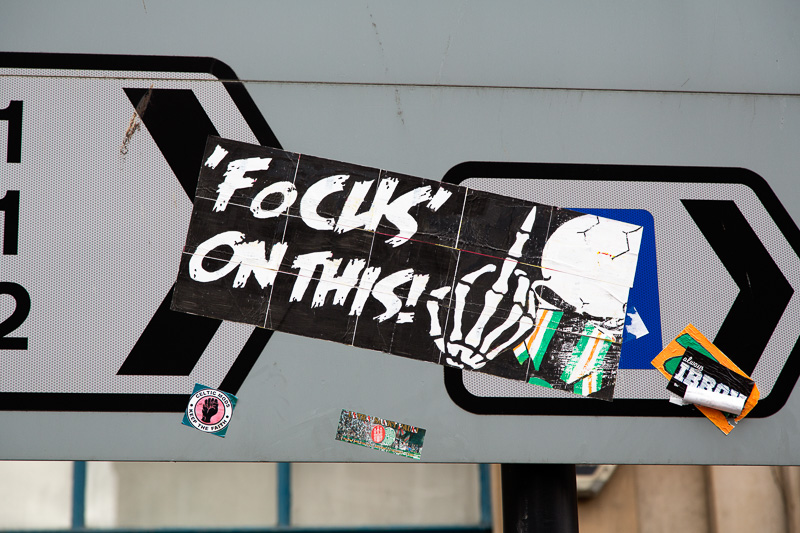
I don’t want to give the impression that Glasgow is the only city in Scotland with graffiti. For example, the photo below is of a shop in Dundee:
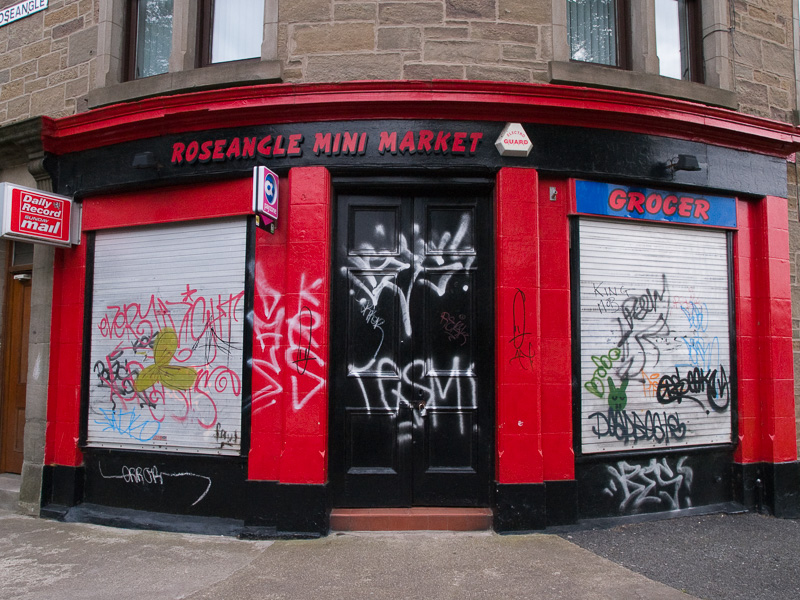
And let’s not forget about graffiti in Edinburgh.

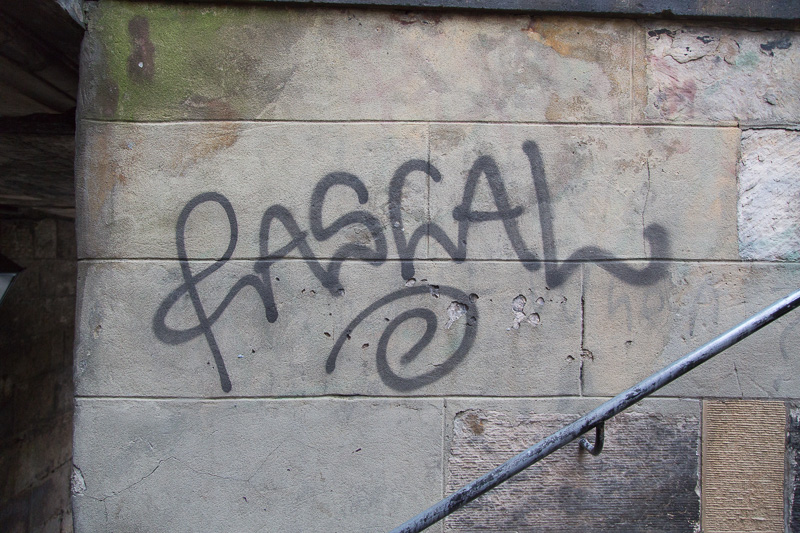
Perhaps the most interesting graffiti from Edinburgh appears on a wooden prison door in Edinburgh Castle where French prisoners were held during the Napoleonic War. It underscores the potential for graffiti to serve as political writing and to convey national sentiments. At the very least, it can be read as evidence of disaffection and social marginalization.
